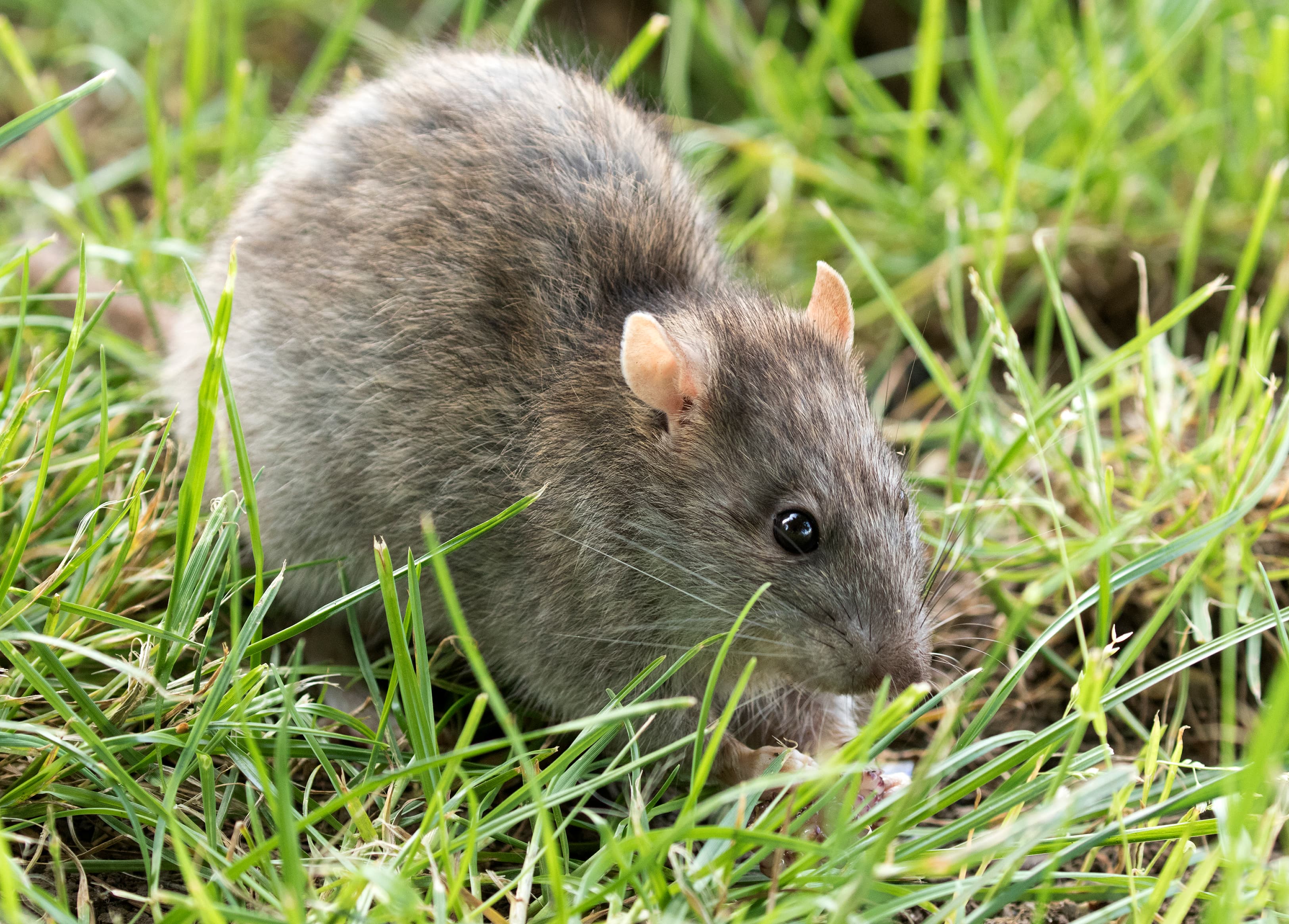Norway Rat
Rattus norvegicus
RodentsLarge rodent with a heavy body, 7-10 inches long with a tail shorter than body. Brown or gray fur. Burrows in soil and lives at ground level. Also called brown rat or sewer rat. Highly destructive and carries diseases.

Control Methods
Recommended methods for controlling this pest
| Method | Type | Effectiveness | Requirements |
|---|---|---|---|
| Snap Trap Placement for Rodents | Mechanical | None | |
| Tamper-Resistant Bait Station Deployment | Chemical | Required | |
| Clutter Reduction | Cultural | None | |
| Food Storage in Sealed Containers | Cultural | None | |
| Glue Board Monitoring Stations | Non-Chemical | None | |
| Rodent Exclusion for Vents and Weep Holes | Mechanical | None | |
| Burrow Treatment | Chemical | Required | |
| Rodent Tracking Powder Application | Chemical | Required | |
| Advanced Rodent Proofing | Mechanical | None |
Common Harborage Locations
Where to find this pest during inspections
| Location | Why Found There | Priority |
|---|---|---|
| Wall Voids | Protected from disturbance, temperature controlled, provides nesting material and travel routes throughout structure. | High |
| Basements | High humidity, cooler temperatures, stored items, potential for flooding, entry point from outside. | Critical |
| Crawl Spaces | Direct earth contact, very high humidity, minimal disturbance, abundant hiding spots, poor ventilation. | Critical |
| Sewer Lines & Cleanouts | Direct access from outside, moisture, organic matter, protected pathway into structure. | High |
| Outdoor Dumpsters | Massive food source, warmth from decomposition, moisture, protection from elements. | Critical |
| Exterior Foundation | Entry points to structure, protection from weather, moisture accumulation. | High |
| Compost Bins | Food source, warmth from decomposition, moisture, organic material. | Medium |
| Storage Boxes & Clutter | Undisturbed environment, material for nesting, harborage between items, food source (cardboard/paper). | Medium |
Important Disclaimer: The information provided in this knowledge base is for educational and reference purposes only. Pest management professionals should always consult current product labels, Safety Data Sheets (SDS), manufacturer instructions, and applicable local, state, and federal regulations as the definitive source of truth. Product formulations, application methods, safety requirements, and regulations may change over time. This information may be out of date and should not replace professional judgment, proper training, or required licensing and certifications.